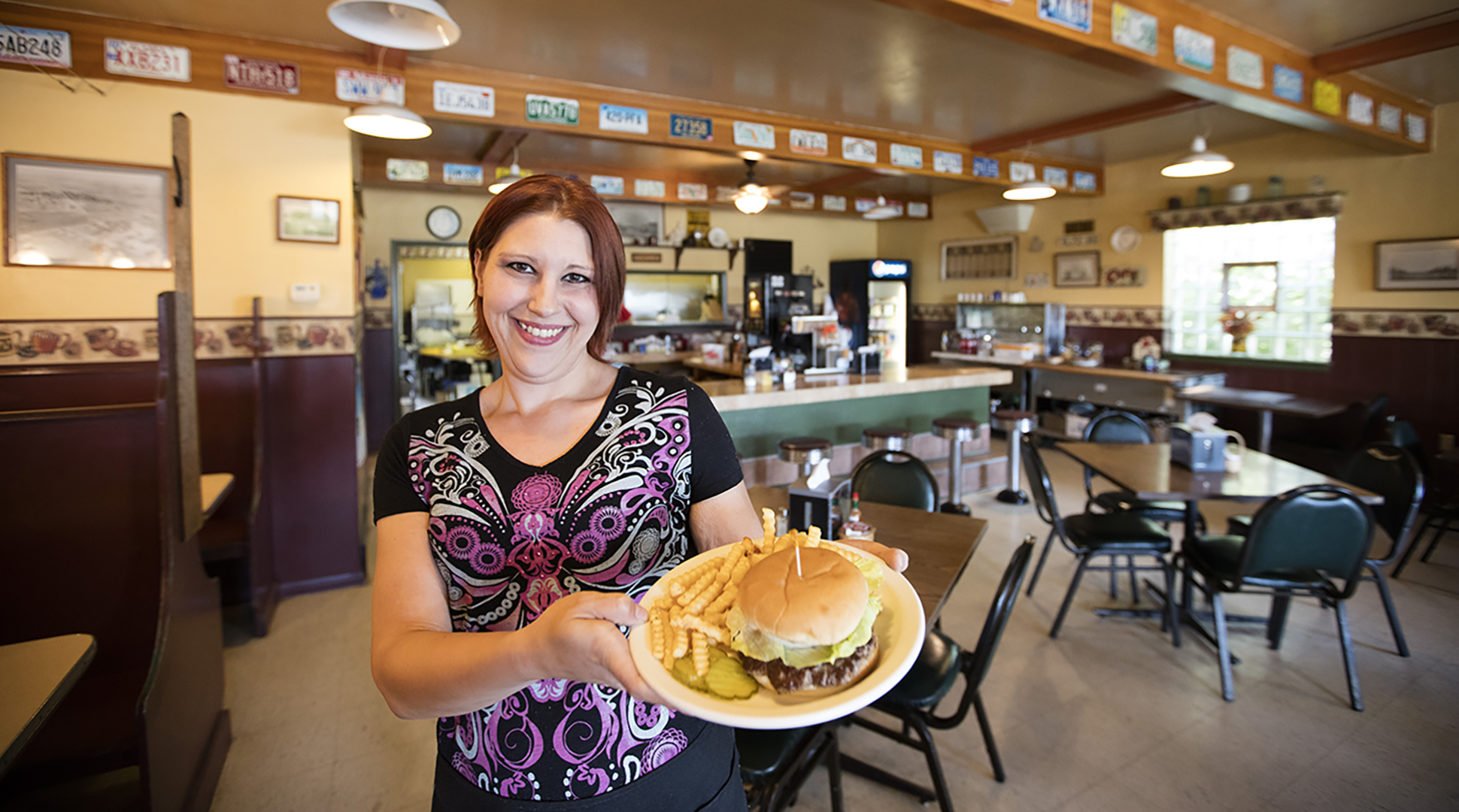Since 2010, U.S. consumers have been spending more money dining out than for food prepared at home. And according to an economic analyst for American Farm Bureau Federation, it means fewer dollars in farmers’ pockets.
“This trend started in 2010 when the median income rose from about $54,000 to $61,000 in 2017. It’s showing that in general, U.S. consumers tend to go out to eat more as our incomes rise,” said Megan Nelson AFBF economic analyst.
USDA’s Food Expenditure Series shows consumers spent a record $1.62 trillion on food and beverages in 2017. The data shows 53 percent of that is purchased on dining out, while 46 percent was for food consumed at home.
“For our nation’s farmers, the decrease in dollars spent on food at home means there’s a reduction to the share of the food dollar the farmer receives,” Nelson said. “Farmers currently receive about four cents of the food dollar when spent away from home.”
The two sectors that decreased from 2016 to 2017 in food-at-home spending were dollars spent at mass merchandisers and direct sales by farmers, manufacturers and wholesalers.
Nelson says the U.S. has tracked this data for more than a century to better understand how consumers utilize the nation’s food supply.
“The value of the U.S. food system has been measured since 1869. The rich dataset allows for manufacturers, retailers and policy makers to observe and learn from food spending and food supply trends.”
Find the full analysis at fb.org/market-intel
